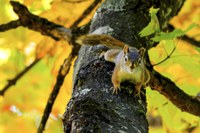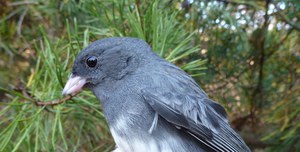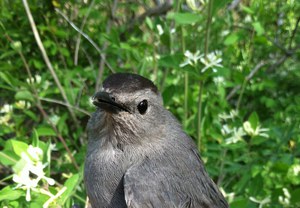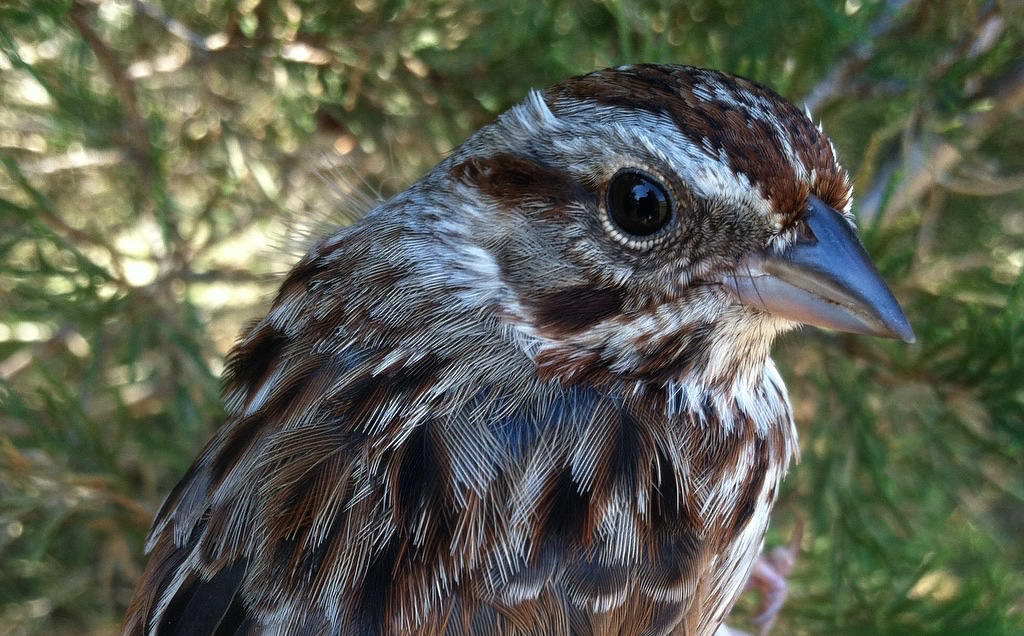The early muzzleloader season is one of my favorite hunting season. I just don’t understand why more sportsmen don’t partake – only about 60,000 do. Despite the opportunity to harvest a deer in fabulous fall weather, only about 9,200 deer are taken annually by hunters in this season.
Here’s what to like:
- It’s warm! What other time of year can you deer hunt in a light jacket? Or maybe even short sleeves?
- If you’re going to introduce a newbie (young or old) to deer hunting, why not October? Surely more pleasant than December!
- The deer are not pressured.
- You get to use a sporting arm that does not require you be within 35 yards. A muzzleloader can reach out to 100-150 yards.
- There are so many other critters active this time of year to keep you entertained – fall migration is in full swing!
- You can sleep in – sunrise isn’t until almost 7:30am!
- The days are still long – if you get off work at 5pm and if your commute is short enough, you can still squeeze in an evening hunt because sunset isn’t until 6:30pm.
Monday evening I was sitting in my tree stand and watched 3 of the 8 sciurid (squirrel) species that call Pennsylvania home. (Can you name all 8 species? Check the end of this post to see)
 The squirrels love to work! Current job requirements are knocking walnuts onto the ground. It’s a full time job even when the ground is already littered with them! And watching a feisty red squirrel chase a gray squirrel three times it size out of a tree is very entertaining!
The squirrels love to work! Current job requirements are knocking walnuts onto the ground. It’s a full time job even when the ground is already littered with them! And watching a feisty red squirrel chase a gray squirrel three times it size out of a tree is very entertaining!
And I love to watch songbirds. Warblers, sparrows, thrushes, flycatchers, and finches are all heading south for their winter holiday. Song sparrows are as busy as squirrels rustling the leaves in search of seeds and insects. How a 25g song sparrow can make as much noise as a deer is beyond me!


I watch the few remaining mourning doves to fly towards their roost around 5:30pm – seems like the same 3 birds take the same flight path every evening. The flocks of American robins descend upon fruit trees and bushes like an invading army.
I even get a glimpse of spring as juvenile male song sparrows try to carry a tune. Pitiful attempts this fall are just a warm up of what they’ll sound like when they return next year.
Here’s an incomplete lists of bird for my day afield on 10/17/2017. It’s incomplete because sometimes I get distracted by things like a deer.
- Common raven (Corvus corax)
- American crow (Corvus brachyrhynchos)
- Eastern towhee (Pipilo erythrophthalmus)
- American robin (Turdus migratorius)
- Northern Flicker (Colaptes auratus)
- Song sparrow (Melospiza melodia)
- Blue jay (Cyanocitta cristata)
- Mourning dove (Zenaida macroura)
- Red-tailed hawk (Buteo jamaicensis)
- Gray catbird (Dumetella carolinensis)
- Dark-eyed Junco (Junco hyemalis)
- Turkey vulture (Cathartes aura)
This particular evening I watched a song sparrow feed on Polygonum underneath my tree stand. Polygonum, or smartweed, is a genus with almost 50 species in North America and apparently everything from ducks to sparrows likes to eat the seeds. My laissez-faire approach to pasture management (i.e., no chemicals – just mowing) is for the birds…literally.
When I lived in Maine, a wetland species of smartweed, called Polygonym hydropiperoides, put the spicy-ness of pepper to shame. It’s not called smartweed for nothing. Too bad I made students taste the seeds before I told them how to identify it!
But this is a deer blog. So I guess I’ll tell you about my hunt which was not the highlight of the evening. I watched a single doe walk out into the field just below the tree stand where I was not sitting. She slowly made her way across the field towards the stand I had incorrectly chosen keeping north of where I expected my scent to be carried.
Right before she got within range she turned into the woods and vanished like she was never there. And it was just me and the birds and the squirrels. What a great evening!
-Duane Diefenbach
Pennsylvania has the following species in the squirrel family:
- Gray squirrel (Sciurus carolinensis)
- Red squirrel (Tamiasciurus hudsonicus)
- Fox squirrel (Sciurus niger)
- Eastern chipmunk (Tamias striatus)
- Northern flying squirrel (Glaucomys sabrinus) – rare
- Southern flying squirrel (Glaucomys volans) – common
- Woodchuck (Marmota monax)
- Thirteen-lined ground squirrel (Spermophilus tridecemlineatus) – introduced in Mercer and Venango counties
[Delmarva fox squirrel (Sciurus niger cinereus) – extirpated from Pennsylvania]
Bird photos courtesy of Maren Gimpel, Chester River Field Research Station.
Squirrel photo from https://pixabay.com – CC0
If you would like to receive email alerts of new blog posts, subscribe here.
And Follow us on Twitter @WTDresearch
